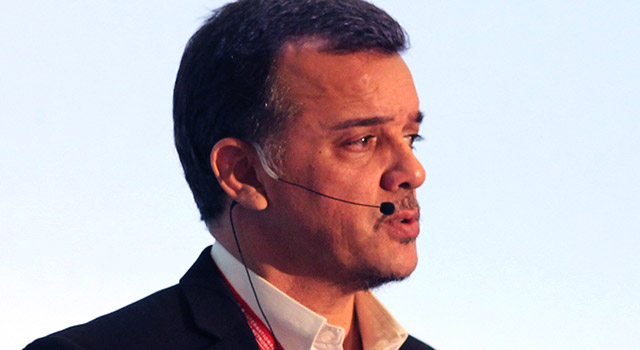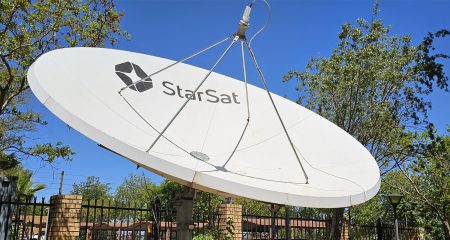
The content that will fill the airwaves after the digital terrestrial television (DTT) switch-on next year will be critical to the success of South Africa’s digital migration project and there are valuable lessons the country can learn from other African countries that have already completed their migrations.
This, according to Mike Dearham, MD of the media division at On Digital Media, which owns TV operator StarSat (formerly TopTV), who believes the right content is key to DTT’s success in South Africa.
Dearham was speaking at a panel discussion at Discop 2014, a broadcasting industry conference in Johannesburg.
“The success factor for content on DTT is producing culturally specific content,” he said. DTT allows broadcasters to target specific communities, allowing content to be created specifically for them, in their languages.
Dearham said this is what works in countries that have already deployed the technology. “It can be cost effective too — digital production [for local content] and voiceovers [dubbing content into local languages] can be done on a budget. There are ways to fill the content gap.”
South Africa should learn from African countries that have already completed digital migration, including Tanzania, Mauritius and Rwanda. “South Africa is two worlds rolled up into one, one developed and the other underdeveloped. The experience South Africa can draw from Lagos can be applied in Johannesburg. In Uganda, you can draw experiences from outlying Kampala and apply it to the Limpopo region,” Dearham said. “South Africa does not have to look anywhere else but Africa to see the lessons to be learnt.”
Chairing another panel discussion at Discop on Wednesday was publisher and consultant at Balancing Act Africa Russell Southwood, who said only five countries in Africa will meet the DTT deadline in June next year. — © 2014 NewsCentral Media



